CATDOLL USER GUIDE
Congratulations on your purchase of a CATDOLL! We sincerely appreciate your trust in choosing our brand. Your doll is a meticulously crafted masterpiece, renowned for its exceptional quality and lifelike realism. This guide has been carefully prepared to provide you with all the vital information you need to fully immerse yourself in the CATDOLL experience. Remember, your CATDOLL is not merely a product—it is a prized collectible that requires attentive care, much like a beloved companion. As its owner, it is your responsibility to ensure proper maintenance, so your doll remains in pristine condition for years to come.
CATDOLL products are crafted from one of two high-quality materials: thermoplastic elastomer (TPE) or soft/hard silicone. Each material has unique characteristics that require distinct handling and care.
TPE (Thermoplastic Elastomer):
•Softness and Flexibility:TPE is renowned for its soft, flexible, and skin-like feel, providing a realistic tactile experience.
•Elasticity:This material is highly elastic, allowing it to stretch and bend significantly without damage.
•Cost:TPE is generally more affordable than silicone.
•Maintenance:Due to its porous nature, TPE is more susceptible to staining and requires regular cleaning and powdering to preserve its texture.
•Durability:While durable, TPE is less resistant to high temperatures and harsh chemicals compared to silicone.
Silicone:
•Realism and Detail:Silicone offers exceptional detail and realism, closely mimicking human skin and capturing fine details more effectively than TPE.
•Durability:Silicone is highly durable, resistant to tearing, extreme temperatures, and chemicals, which makes it long-lasting.
•Maintenance:Non-porous and easier to clean, silicone is less prone to staining and requires minimal maintenance compared to TPE.
•Cost:Silicone tends to be more expensive due to its superior properties and extended lifespan.
•Feel:Although silicone is firmer and less flexible than TPE, it delivers a more realistic appearance, albeit with a different tactile experience.
Skeletal Structure
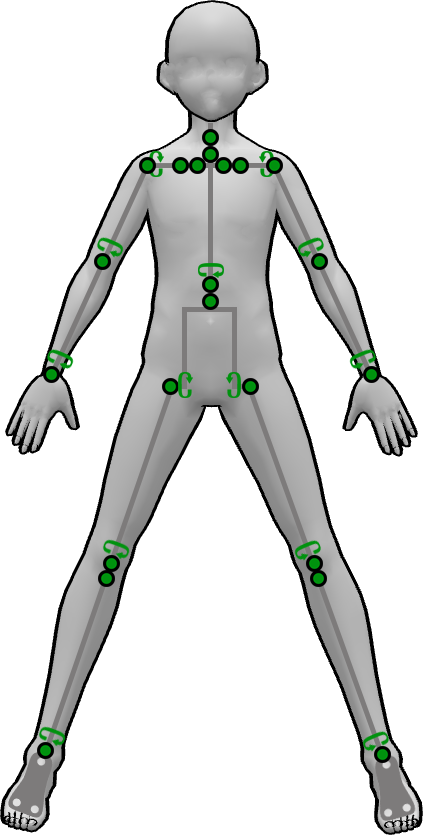
EVO Skeleton
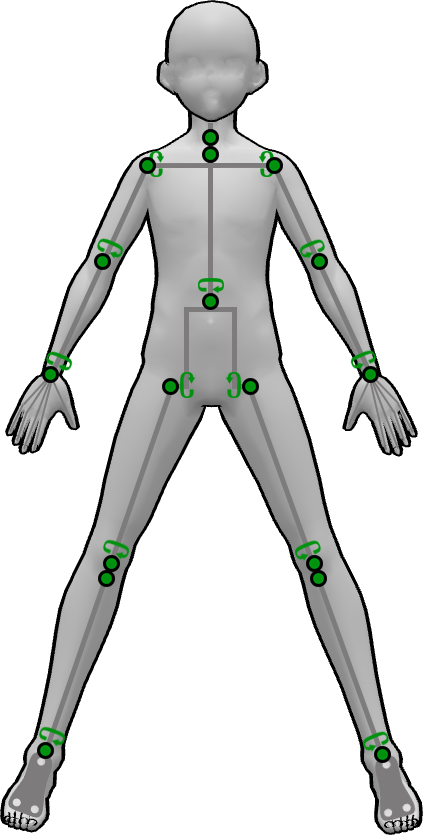
Non-EVO Skeleton
- The key difference between the EVO and non-EVO skeletons is that the non-EVO version lacks the ability to bend sideways or move the shoulders up, down, forward, and backward.
- For repair assistance, please contact your vendor for detailed instructions and additional images of the internal skeleton.
Joint Movement Guide
Head and Neck:
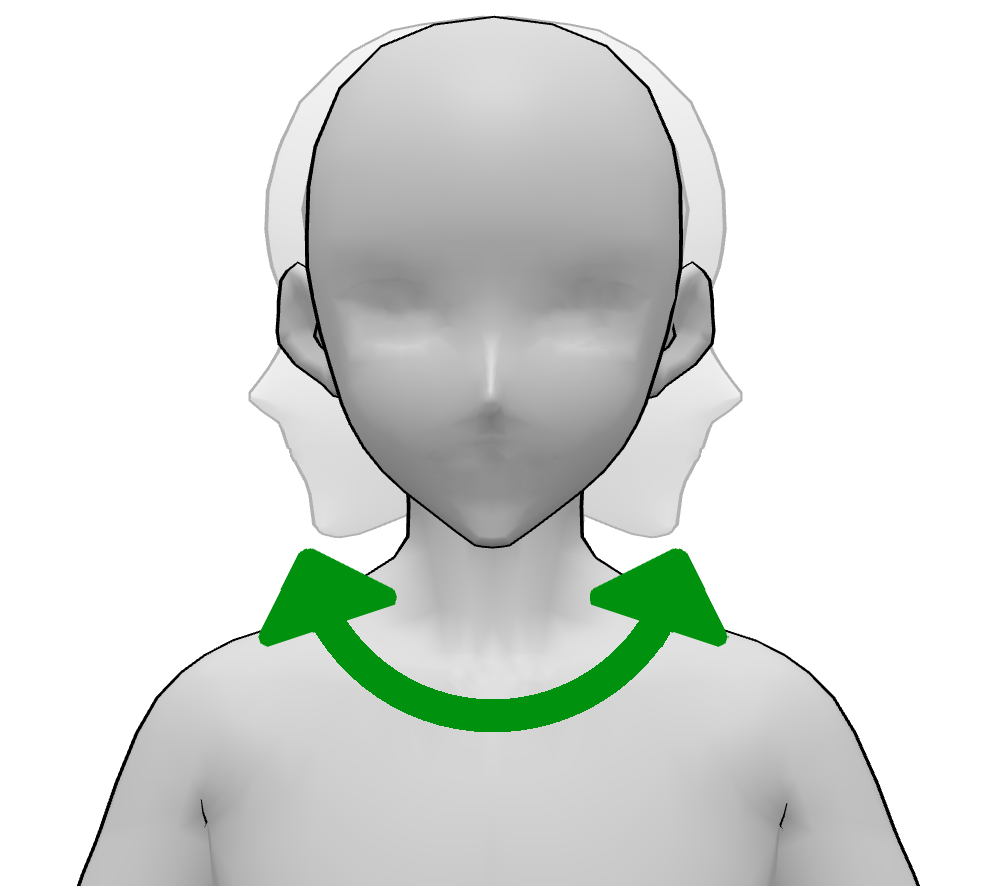
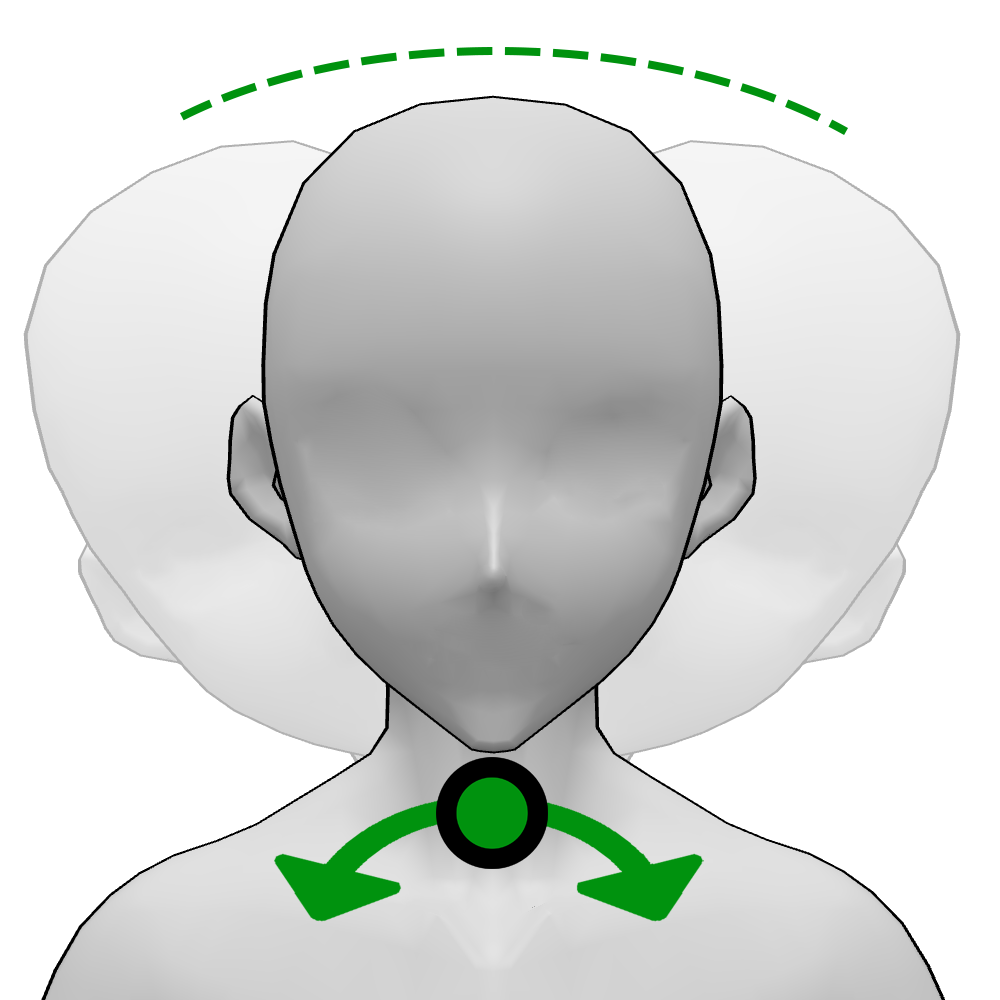
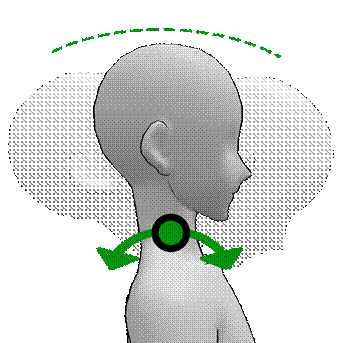
The head is capable of moving forward, backward, and rotating a full 360°.
The head attaches to the body using the provided M16 quick-connect bolt. To secure it, screw the connector into the neck of the body, then click the head into place. The two black hex screws on the sides can be adjusted with the included hex key to modify the ease of head removal. If you find that the head detaches too readily, tighten the adjustment screws to achieve a more secure fit.
The head should not be angled beyond 45° for extended periods.
Upper Arms:
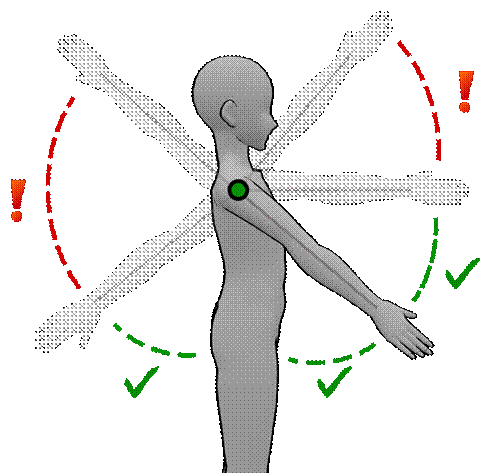
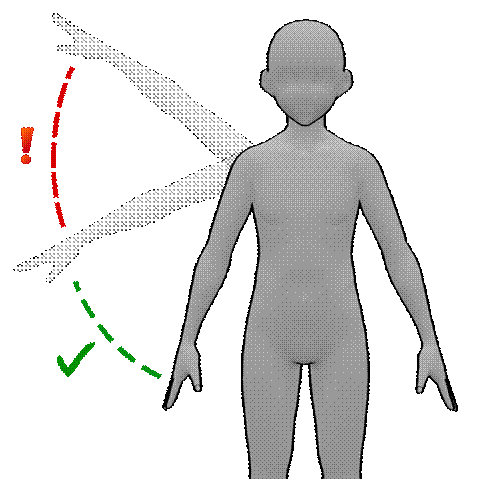
The arms can be raised to the side and moved forward and backward up to shoulder level. While they can be lifted beyond this range, it is not recommended, as it places excessive strain on the armpit.
Shoulders
(EVO Skeleton Only):
The EVO skeleton shoulders are capable of raising and lowering, as well as moving forward and slightly backward.
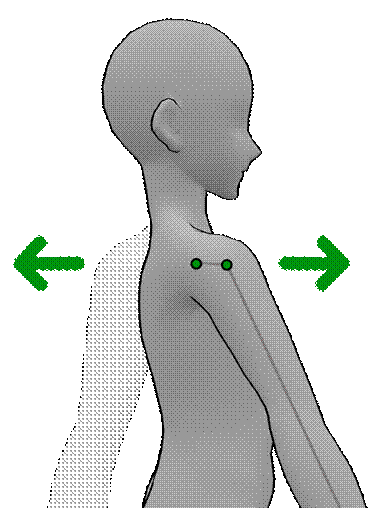
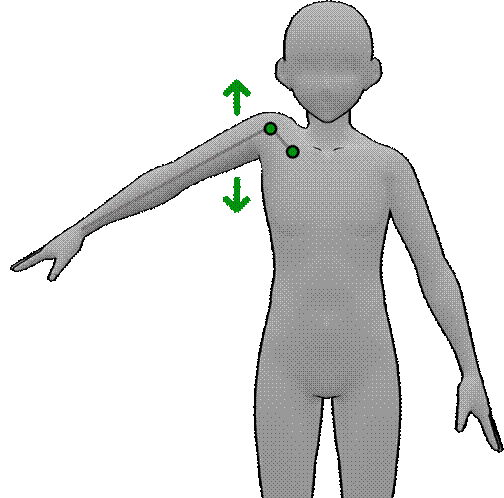
Lower Arms:
The elbows offer a full range of motion, similar to human elbows. They can bend up to 180° and rotate from side to side. However, it is not advisable to keep the elbows bent at a sharp angle for extended periods.
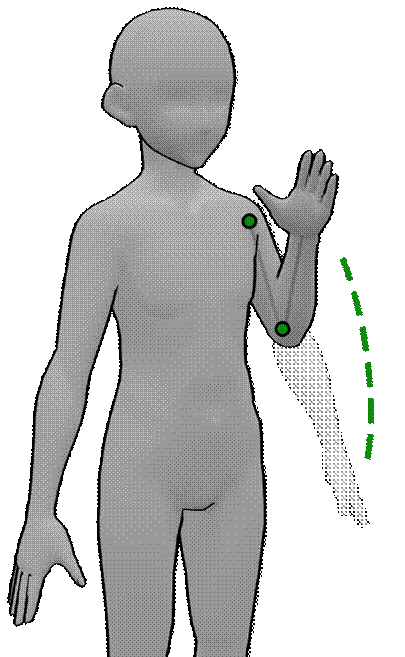
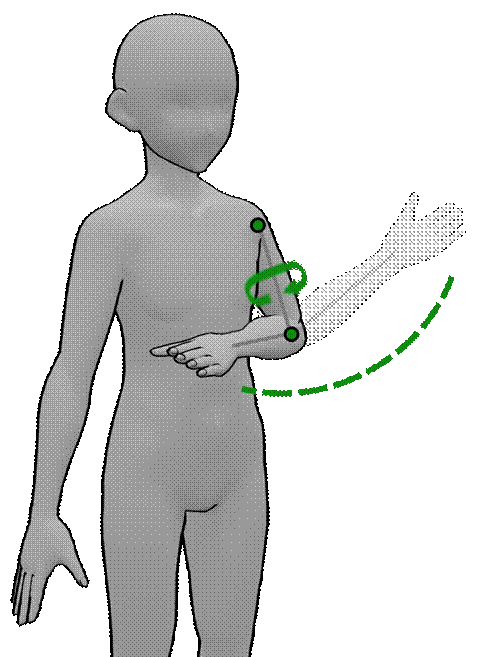
Wrists:
The wrist joints allow the hands to be bent forward or backward and rotated side to side.
Avoid excessive twisting of the wrists and forearms, as it may appear unnatural and place undue stress on the material.
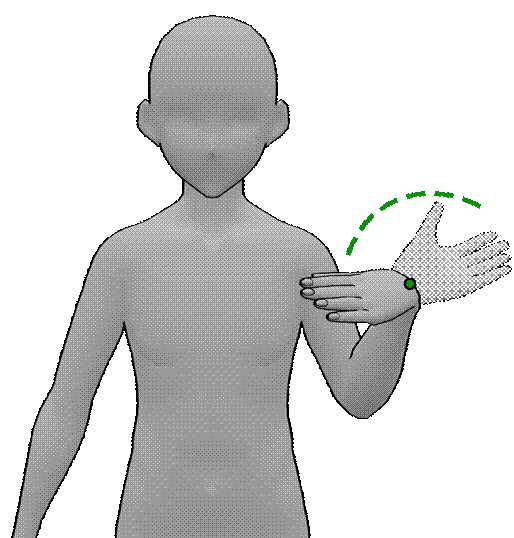
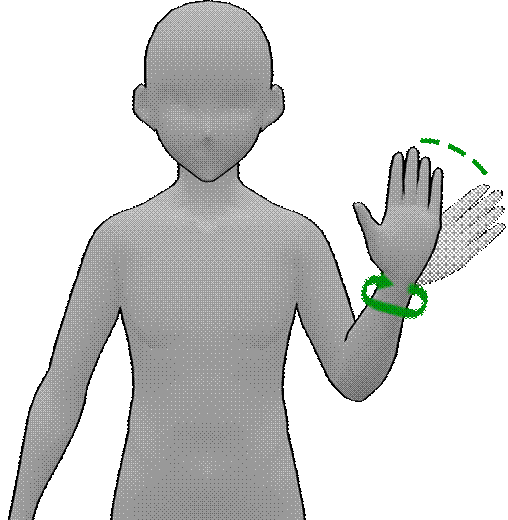
Hands:
CATDOLL offers two hand configurations: wired fingers and articulated fingers.
-
Articulated Fingers:These feature multiple joints that mimic the structure of a human hand. They are quite delicate, and the joints do not bend backward, so handle them with care.
-
Wired Fingers:Constructed with heavy-gauge wires running from the base of the hand to the tip of each finger. Frequent bending of these wires is not recommended, as it can increase the risk of breakage.
Regardless of the hand design, it is crucial to handle the hands and fingers with extreme care due to their delicate nature. Always consider their fragility when moving or posing your doll.
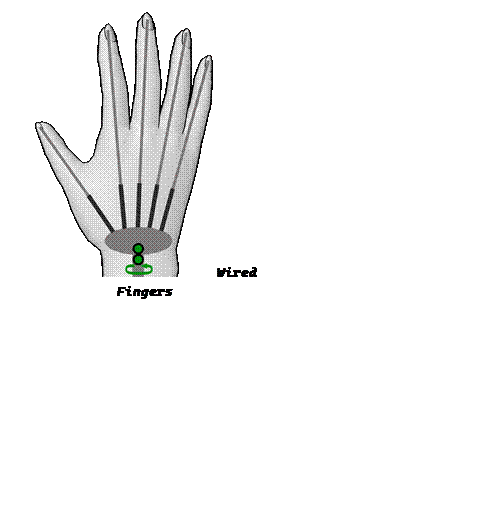
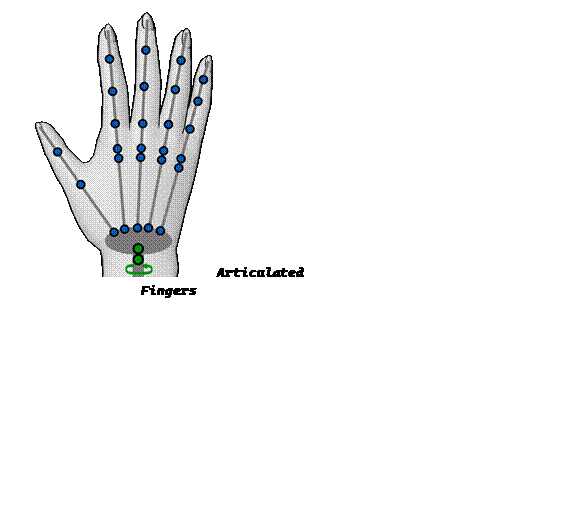
Waist:
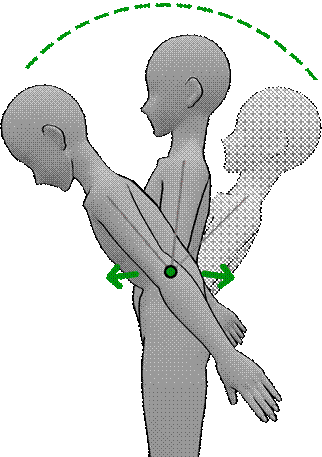
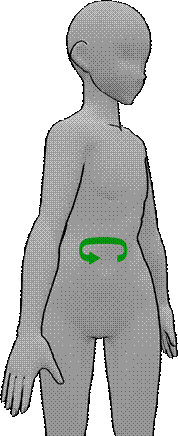
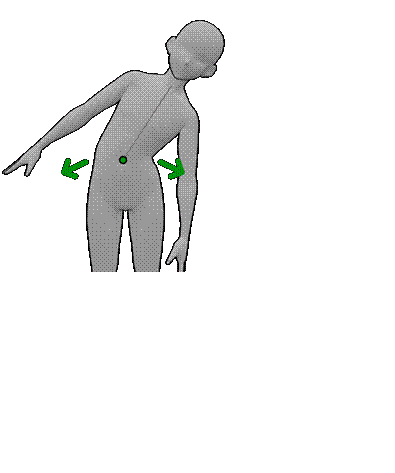
The waist on the EVO skeleton can bend forward and backward, twist in both directions, and tilt to the left or right.
Upper Legs:
The legs can bend fully forward and slightly backward, similar to human legs. However, raising the leg beyond 90° forward for extended periods is not advisable, as this can increase material tension and potentially cause permanent creases in the groin area.
Lateral bending of the legs should be limited to a maximum of 50° to prevent potential tearing in the groin and orifices.
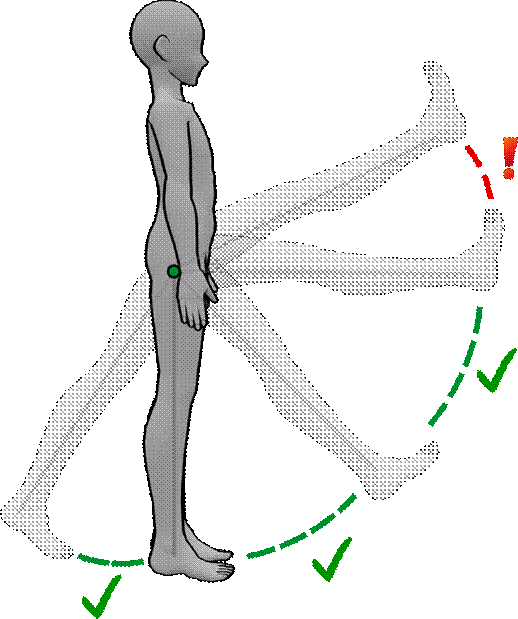
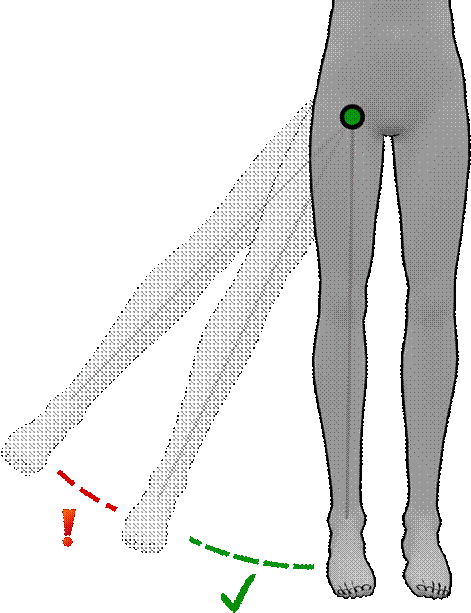
Lower Legs:
The lower leg can bend backward up to 150°, much like a human knee, but it should not be bent in the opposite direction. Prolonged bending beyond 90° is discouraged, as it significantly increases tension and the risk of tears.
While the lower leg is capable of side-to-side movement, full rotation is not recommended. Avoid rotating the lower leg more than 90° in either direction.
Never place the doll on a hard surface with its knees bent, as the weight may cause the knee joint to press through and damage the stretched material.
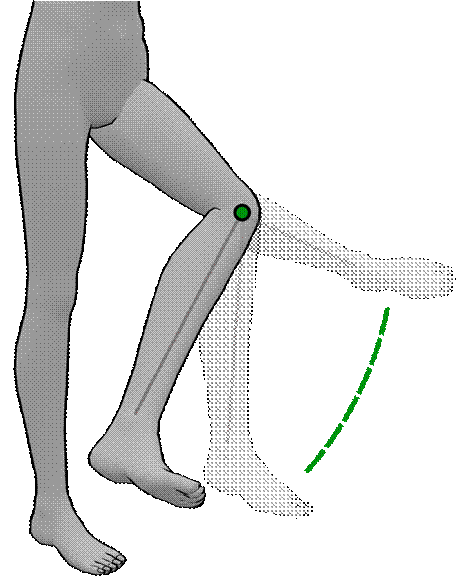
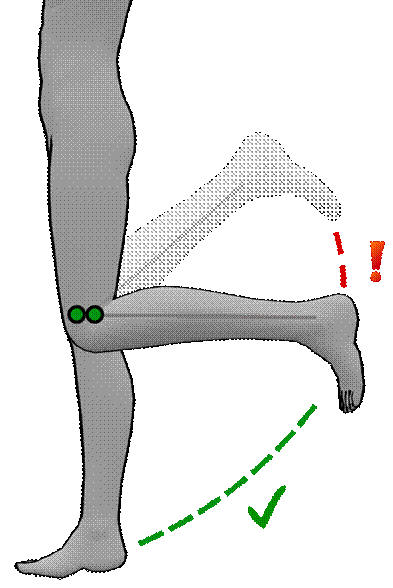
Feet:
The feet can bend 90° downward, slightly upward, and rotate side-to-side. However, avoid twisting the foot beyond 50° to prevent damage.
Avoid leaning the doll too far forward to protect the feet from potential damage.
The big toe is equipped with a wire, so please handle it with care.
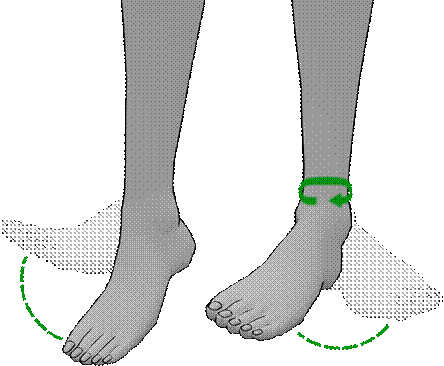
Standing Feet:
Choosing a doll with standing feet allows it to maintain a standing position for an extended period. TPE dolls use fixed bolts in the soles of their feet to enable standing, while silicone dolls can use reinforced materials in their feet to stand without bolts. Regardless of the standing method, ensure that the doll has stable support to prevent it from falling.
Although high heels can be visually appealing, it is not advisable to stand dolls in them. High heels place excessive stress on the front of the foot, increasing the risk of both damage and falls.
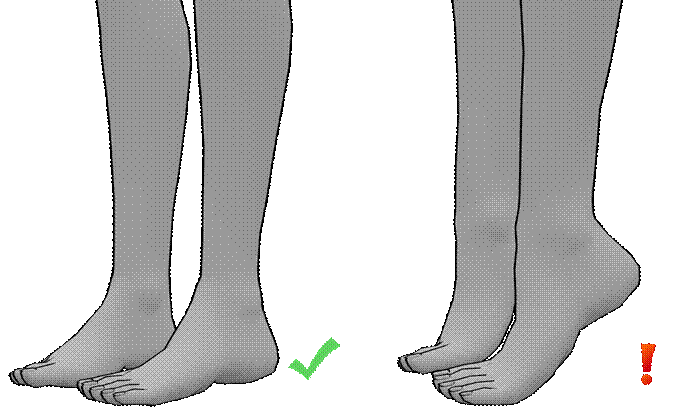
Poses To Avoid:
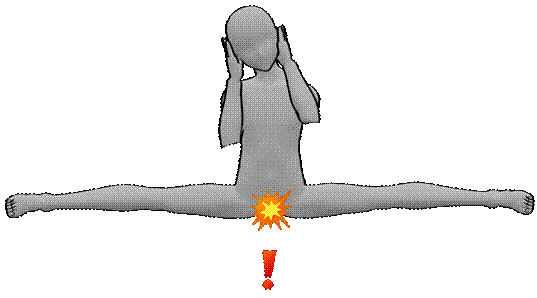

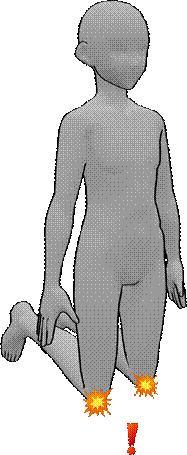
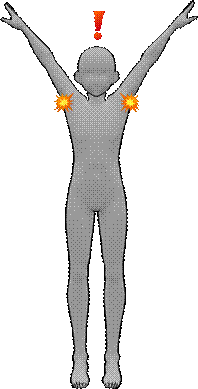
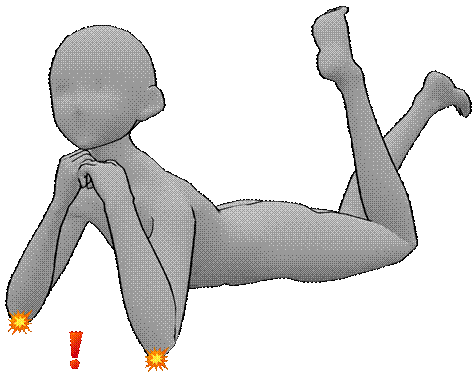
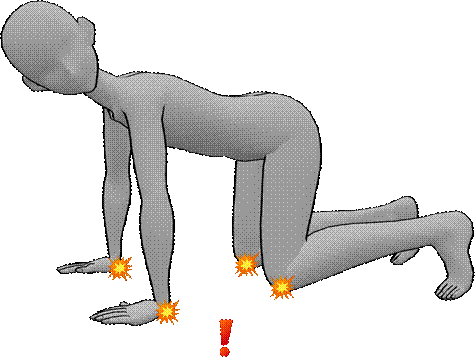
Cleaning and Maintenance Guidelines
This section serves as a guide for the proper cleaning, maintenance, usage, transportation, and storage of your doll. Please take a moment to review the information carefully and refer back to this section if you have any questions related to these topics. While this guide provides essential details, it is not exhaustive. For any unanswered questions, please consult your vendor directly.
Cleaning Guidelines:
- Always clean your doll’s orifices after each use with mild antibacterial soap and water, ensuring the temperature does not exceed 40°C (104°F).
- Prior to cleaning, it is recommended to flush the orifices with cold water. While various cleaning techniques exist, ensure that the orifices are thoroughly dried afterward to prevent the growth of harmful bacteria and mold, which could lead to infections.
- Clean any area exposed to bodily fluids with mild antibacterial soap and water. Keep in mind that TPE material is porous.
- It is advisable to remove the doll’s head and clean it separately, following the same procedure as for the body.
- Avoid submerging the doll’s feet, body, or head in water. Water entering through openings such as the feet, neck, or any cuts exposing the skeleton may lead to rusting, which can weaken the joints and make them difficult to maneuver.
- For surface cleaning of TPE dolls, such as removing dirt, dust, or stains, gently apply mineral oil using your hands or a soft microfiber cloth. Note that mineral oil may remove makeup, so avoid areas like the eyebrows and mouth.
- Silicone dolls can be cleaned with mild antibacterial soap and a soft cloth. Gently pat dry; avoid wiping the surface to prevent damage.
- Do not use abrasive materials or apply excessive pressure when cleaning the doll’s surface, as this can cause friction damage.
- Never use a heat gun or blow dryer to dry the doll’s surface or interior, as excessive heat can cause surface damage and may even melt TPE.
Maintenance Guidelines:
- Powdering: TPE (and sometimes soft silicone) tends to feel tacky without powdering. Several types of powders can be used, with corn starch being the most common. Other suitable options include talcum powder, baby powder, arrowroot powder, and rice flour.
- After each use and every few weeks, lightly powder the doll to maintain its smooth, velvety texture. This also helps prevent dust from adhering to the surface and makes dressing the doll easier.
- Clothing Precautions: Be cautious of certain fabrics and materials that are prone to color transfer. Dark or low-quality fabrics, as well as denim, leather, suede, and velvet, can stain the doll's surface. To minimize the risk, wash new clothing at least once before dressing the doll.
- TPE can release oils, which may stain clothing and surfaces, and cause the doll to dry out. To prevent this, avoid dressing the doll in clothing that easily absorbs oils for extended periods.
- For stain removal, consult the manufacturer or a trusted vendor. Be aware that some stain removers may also remove specialized makeup.
- Sunlight Exposure: Prolonged exposure to direct sunlight can cause TPE to degrade due to ultraviolet (UV) radiation, leading to a loss of elasticity and strength, as well as color fading.
- Storage: Store the doll in a cool, dry location. As TPE has a low melting point (around 80°C or 176°F), exposure to high temperatures can lead to heat degradation. Avoid placing the doll in environments where temperatures exceed 32°C (86°F).
- Posing: Do not leave the doll seated or with its limbs bent for extended periods, as constant tension and material folds can cause tears and permanent creases.
- Before attempting any repairs to the surface or skeleton, consult Catdoll, a trusted vendor, or a reliable doll community. The diagrams provided in this guide are meant for basic usage instructions, not for repair guidance.
- Nails and Eyelashes: If nails or eyelashes detach, they can be reapplied with a small amount of superglue. Be careful to avoid contact with the eyes when using glue.
Makeup Maintenance:
- On silicone dolls, makeup is generally permanent with proper care, but it may fade over time on TPE dolls.
- Always test makeup on an inconspicuous area or scrap material before applying it to the doll.
- Use non-toxic, water-based makeup, particularly on sensitive areas like the lips or orifices. Apply makeup gently with soft brushes or sponges, taking care not to over-apply.
- Avoid using mineral oil on the lips or eyebrows during cleaning, as it can remove makeup from TPE surfaces. Mineral oil is not recommended for silicone dolls.
- Avoid excessive friction, especially with rough surfaces, as this can damage the doll’s surface and remove makeup from both TPE and silicone materials.
Wig and Implanted Hair Care:
- Brush the hair regularly using a detangling brush or the comb provided. Always start at the ends and work your way up to avoid damaging the hair fibers and creating knots.
- Wash the hair periodically with cold water and a shampoo specifically designed for the doll’s hair type. Follow the product instructions carefully.
- Dry the hair by patting it with a towel or placing it on a wig stand to air-dry. Never use heat to dry synthetic wigs.
- Avoid storing the doll in ways that could tangle the wig or implanted hair. Activities such as moving the doll, photography, sexual use, and sleeping with the doll can cause tangles.
- Condition the hair using a product specifically designed for the wig or implanted hair type.
- Some hair shedding is normal, especially when the doll is new. Always brush gently and avoid forcibly detangling knots. If excessive hair loss occurs, consult Catdoll or a trusted vendor.
Sexual Use Tips:
- Always use water-based lubricants, regardless of the material of the doll. Silicone and petroleum-based lubricants should be avoided, as they can degrade both TPE and silicone.
- Apply a generous amount of lubrication before use. Insufficient lubrication can cause tearing. Never attempt to use any orifice without adequate lubrication.
- Thoroughly clean and dry all orifices immediately after use to prevent the growth of bacteria and mold, which thrive in damp, dark places and can lead to serious health risks.
- Avoid posing your doll in ways that place excessive pressure on joints, particularly in the wrists, elbows, and knees. For positions such as doggy style, ensure the doll’s weight is supported by something soft, such as a large pillow.
- Keep in mind that frequent sexual use increases wear on both the skin and skeleton, which can lead to a higher likelihood of damage over time.
Moving Tips:
- Dolls are heavy , so it’s important to be careful and patient when moving them.
- Plan your route ahead of time when transporting your doll, ensuring there are no obstacles that could pose a risk to the doll or cause you to trip or fall.
- Safe methods for moving a doll include the hug carry, bridal carry, and rolling method.
- Hug Carry: Stand your doll upright and face it towards you. Raise the arms slightly, place your arms under the doll’s arms, and pull it close to your chest. Lift gently and move the doll to the desired location.
-

- Bridal Carry: Lay the doll flat, bend its limbs into a seated position, and from either side, pick up the doll by supporting the knees and lower back. Lift with your knees, not your back, and hold the doll close to your chest.
-
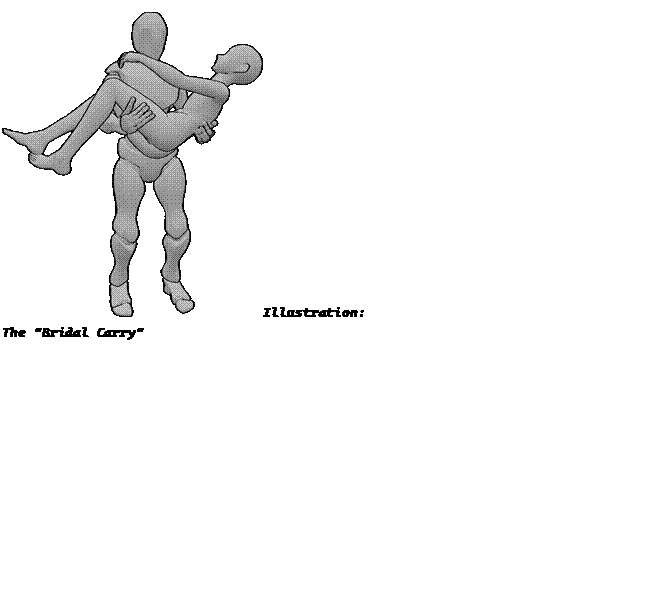
- Rolling Method: Position the doll into a seated position and carefully place it onto a wheeled chair. If the doll has standing feet, you can also move it upright using a hand truck or dolly.
- Take extra care with the doll’s hands and feet during movement, as they may shift and hit objects.
- When using the hug or bridal carry method, pass through doorways or arches sideways to avoid contact with the doll’s head or feet against door frames or locks.
Storage Tips:


- When not in use, store your doll in the same posture in which it was shipped to minimize stress on the material.
- Avoid placing your doll on surfaces that could cause indentations or creases, as these may become permanent over time.
- If you choose to use an eyelet for storage, ensure that the hook or supporting fixture you use is capable of supporting the full weight of the doll.
- Store your doll in a dust-free environment, covering it with a light-colored, color-transfer-resistant blanket or sheet.
- Keep your doll in a cool, dry location, out of direct sunlight, to avoid material degradation or color fading.
- While it is acceptable to store your doll in a seated position for short periods, avoid doing so for more than two hours to prevent stress on the material around the knees.
- If your doll is in long-term storage, periodically check for signs of damage or wear.
- Do not store your doll in tight-fitting clothing, as this may cause permanent creases.
- Protect the doll’s head and hands during storage. For dolls with detachable heads, it is recommended to store the head separately on a head stand, especially for those with implanted hair.
- The original shipping box makes for an excellent storage option.
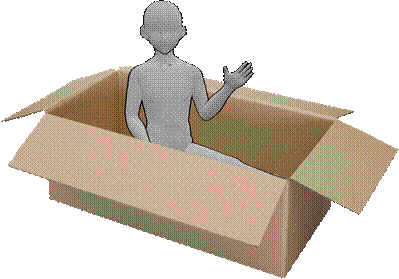
General Tips:
- Avoid sharp objects, as the doll’s surface is prone to cuts and tears. Be cautious when bending limbs, especially at the knees and elbows.
- Keep pets with sharp claws or teeth, like cats and dogs, away from the doll.
- Do not bend or stretch the material beyond the recommended angles, as this can lead to tears or permanent creases.
- Be cautious when resting your doll on hard surfaces.
- If you have long nails or rough hands, handle the doll carefully to avoid damaging its soft surface.
- Dolls without standing feet should not be stood upright. Smaller dolls (under 30 kg or 66 lbs) can stand for short periods on softer surfaces like carpet or rugs.
- Never leave your doll standing unsupported. Always ensure it is braced against a wall or a heavy, stationary object.
- When standing your doll, ensure it is balanced before stepping away. A fall can cause significant damage.
- Avoid having unclothed dolls appear in public view, as this could lead to misunderstandings.
- For discarded dolls, please handle them carefully to avoid misunderstandings. We recommend either reselling them through second-hand shops, disassembling them and disposing of them in parts, or using an environmentally friendly disposal method.
- Seams along the edges of the doll are normal due to the crafting process and should not be considered a defect.
- Avoid using harsh chemicals, including alcohol, bleach, solvents, petroleum jelly, silicone lubricants, or soaps with a high pH level, as these can damage the surface of TPE or silicone.
- Ensure your hands are clean before handling the doll.
- Smoking near the doll is not advised, as smoke can cause discoloration, sticky residue, and unwanted odors.
- Catdoll eyes can be rotated in all directions with gentle pressure. Do not attempt to remove the eyes from silicone heads, as this may cause damage.
- Heads with adjustable jaws can be tightened or loosened with a hex key located on the side of the jaw. Consult Catdoll or a trusted vendor before attempting to adjust screws for precise instructions and video tutorials.
CATDOLL is committed to providing a high-caliber product. Adhering to our recommended care and maintenance guidelines will help maintain your doll's optimal condition and ensure its enduring performance. Should you require any assistance or have questions, our customer service team is available to support you.
We are confident that you will have an exceptional experience with your new doll and sincerely appreciate the trust you have placed in our brand.